How the Supreme Court Defined Students’ Constitutional Rights
A new book makes the bold claim that "the public school has served as the single most significant site of constitutional interpretation within the nation's history."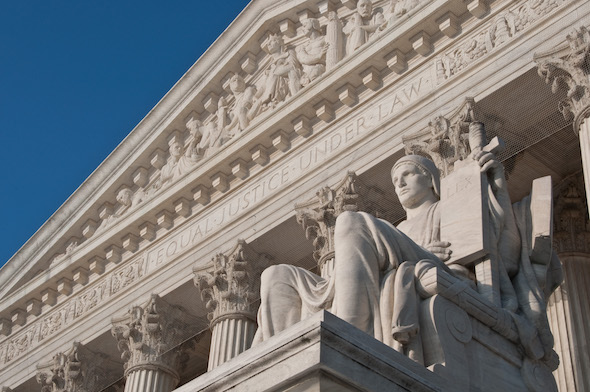 Shutterstock
Shutterstock

Purchase in the Truthdig Bazaar
“The Schoolhouse Gate: Public Education, the Supreme Court, and the Battle for the American Mind”
A book by Justin Driver
In 1969, as mass protests about the Vietnam War and civil rights roiled America, the Supreme Court issued an opinion upholding the right of students to protest peacefully at school with a memorable and oft-quoted line: “It can hardly be argued that … students … shed their constitutional rights to freedom of speech or expression at the schoolhouse gate.” In “The Schoolhouse Gate: Public Education, the Supreme Court, and the Battle for the American Mind,” University of Chicago law professor Justin Driver presents a masterful analysis of the Supreme Court’s role in public school students’ constitutional rights more generally.
Across seven chapters organized thematically around different lines of Supreme Court cases, Driver—a former law clerk to Justices Stephen Breyer and Sandra Day O’Connor—makes the bold claim that “the public school has served as the single most significant site of constitutional interpretation within the nation’s history.” This claim is easy to believe after his encyclopedic discussions of the entire range of Supreme Court cases on student rights under numerous constitutional provisions: the First Amendment’s guarantees of freedom of speech and free exercise of religion, and its proscription against government establishment of religion; the Fourth Amendment’s ban on unreasonable searches and seizures; the Fifth Amendment’s protections against self-incrimination; and the 14th Amendment’s guarantees of equal protection and limits on deprivations of liberty or property without due process.
Click here to read long excerpts from “The Schoolhouse Gate” at Google Books.
As Driver demonstrates, it was not obvious 100 years ago that these constitutional protections would extend to students at all or, if they did, how fully they would apply. The book’s portrayals of fierce battles over these rights in public schools—a primary place of “national identity” and “cultural anxieties”—amply justify Driver’s elevation of the public school as an important locus of constitutional interpretation where, time after time, the court “has played an instrumental role in shaping constitutional realities.”
Driver also makes two powerful related arguments. First, the Supreme Court started off in the right direction on school desegregation, student speech rights and school discipline, but in each area has weakened its initial holdings in a way that diminishes “both the nation’s public schools and our constitutional order.” Second, the court has reached acceptable constitutional compromises in a number of important areas, including the role of religion in public education and the meaning of “equal protection” as it applies to single-sex schools.
The book is best when it goes beyond the justices’ opinions to give broader context to each case, including contemporaneous responses by national and local newspapers and the background stories of courageous student plaintiffs and their parents. Though Driver doesn’t make the connection explicit, many of these stories have relevance to current societal debates. For example, today’s football players who kneel during the national anthem draw some of the same heated reactions as did Jehovah’s Witness elementary school students 80 years ago when they refused to recite the Pledge of Allegiance. (After first approving school expulsions on these grounds in 1940, the Supreme Court reversed course in 1943 and forbid them as a violation of the First Amendment.)
The book also benefits when Driver discusses his personal connection to the material he analyzes. For example, he humorously describes his childhood pastime of watching reruns of “Three’s Company” on TV as “painstaking, exhaustive field research” that helps flesh out his analysis of the “most renowned—if not exactly the most celebrated—speech ever delivered at a high school assembly,” a nomination for student body president that the Supreme Court later deemed “lewd,” “vulgar,” “indecent,” “offensive” and “sexually explicit,” but that the student speaker in question justified as in keeping with student interest in “shows like Three’s Company, with their heavy use of sexual humor.”
More poignantly, Driver recounts his feelings of shame, after he received a three-day suspension in the ninth grade for drinking alcohol with some friends on an overnight field trip, to counter the Supreme Court’s analysis of school suspensions as “a welcome holiday,” reflecting on the expulsion he probably would have faced had his “schoolboy indiscretion” taken place in more recent years under school “zero tolerance” policies that the Supreme Court has largely let stand. Driver also movingly describes his parents’ efforts to take him out of their segregated community across the Anacostia River in Southeast Washington, D.C., to enroll him in Alice Deal Junior High School in Upper Northwest (“where the educational outcomes were much brighter and the student bodies, not incidentally, were much whiter”). This effort required his father to camp out overnight in front of the school to be the first in line to enroll his out-of-boundary son.
Powerful as the book is, however, it feels incomplete on the role of the Supreme Court in public schools in two dimensions. First, arguably the most important part of the Constitution that structures student relationships with their schools is entirely absent from the book: the spending clause, which grants Congress the authority to spend money in pursuit of the “general welfare” in exchange for state and local governments agreeing to accept conditions imposed on the use of that money. Driver’s focus on the rights-granting provisions of the Constitution instead of the provisions designing our government’s structure obscures how the Supreme Court’s interpretations of the scope of the spending clause have dramatic implications for how far Congress may reach into the schoolhouse gate.
Second, a large part of the Supreme Court’s docket involves the interpretation of statutes, not the Constitution. The court has issued many important decisions on the scope of student rights under education statutes. For example, does Title IX’s ban on discrimination by schools on the basis of sex protect students from peer sexual harassment? Does the Individuals with Disabilities Education Act grant students with disabilities the right to attend a private school at public expense if the public school is failing to provide them with a “free, appropriate public education”—and what does a “free, appropriate public education” mean in the first place? Driver acknowledges this gap, saying the court’s role in statutory rights deserves its own book, but it is still hard to come away with a sense that he has fully examined “the intersection of two distinctively American institutions: the public school and the Supreme Court” without it.
Neither of these points undercuts the value of what Driver has written, however. In fact, the number of closely divided cases he both praises and treats as settled law is striking—for example, two decisions from 1982 that required public schools to admit undocumented immigrants and that limited schools’ ability to remove books from their libraries that school board members wished to censor. Precedents like these are up for grabs as the Supreme Court undergoes a personnel shift under Trump, with the arrival of Justice Neil Gorsuch and the retirement of Justice Anthony Kennedy. Against this background, Driver’s book makes for especially timely and important reading.
Eloise Pasachoff, a former law clerk to Justice Sonia Sotomayor, is a law professor at the Georgetown University Law Center.
©2018 Washington Post Book World
Your support matters…Independent journalism is under threat and overshadowed by heavily funded mainstream media.
You can help level the playing field. Become a member.
Your tax-deductible contribution keeps us digging beneath the headlines to give you thought-provoking, investigative reporting and analysis that unearths what's really happening- without compromise.
Give today to support our courageous, independent journalists.
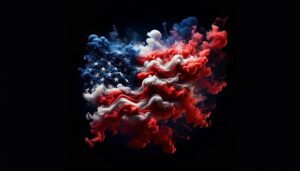
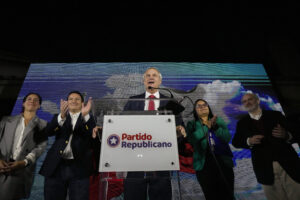
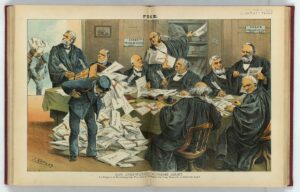
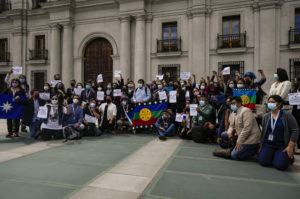
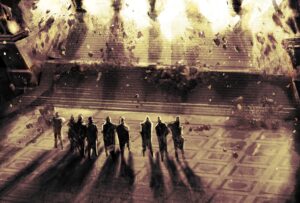
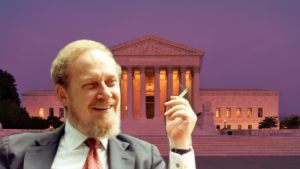
You need to be a supporter to comment.
There are currently no responses to this article.
Be the first to respond.